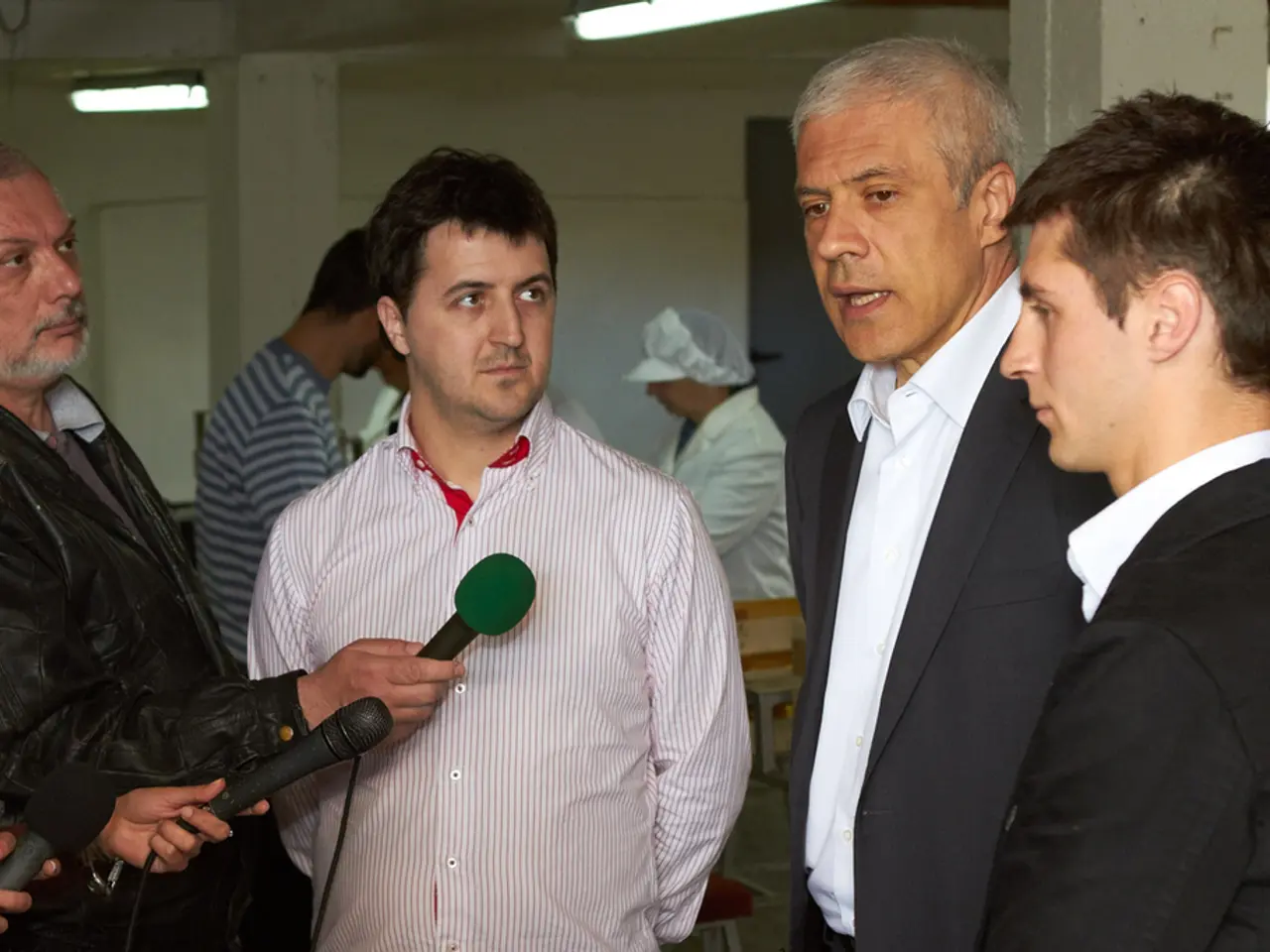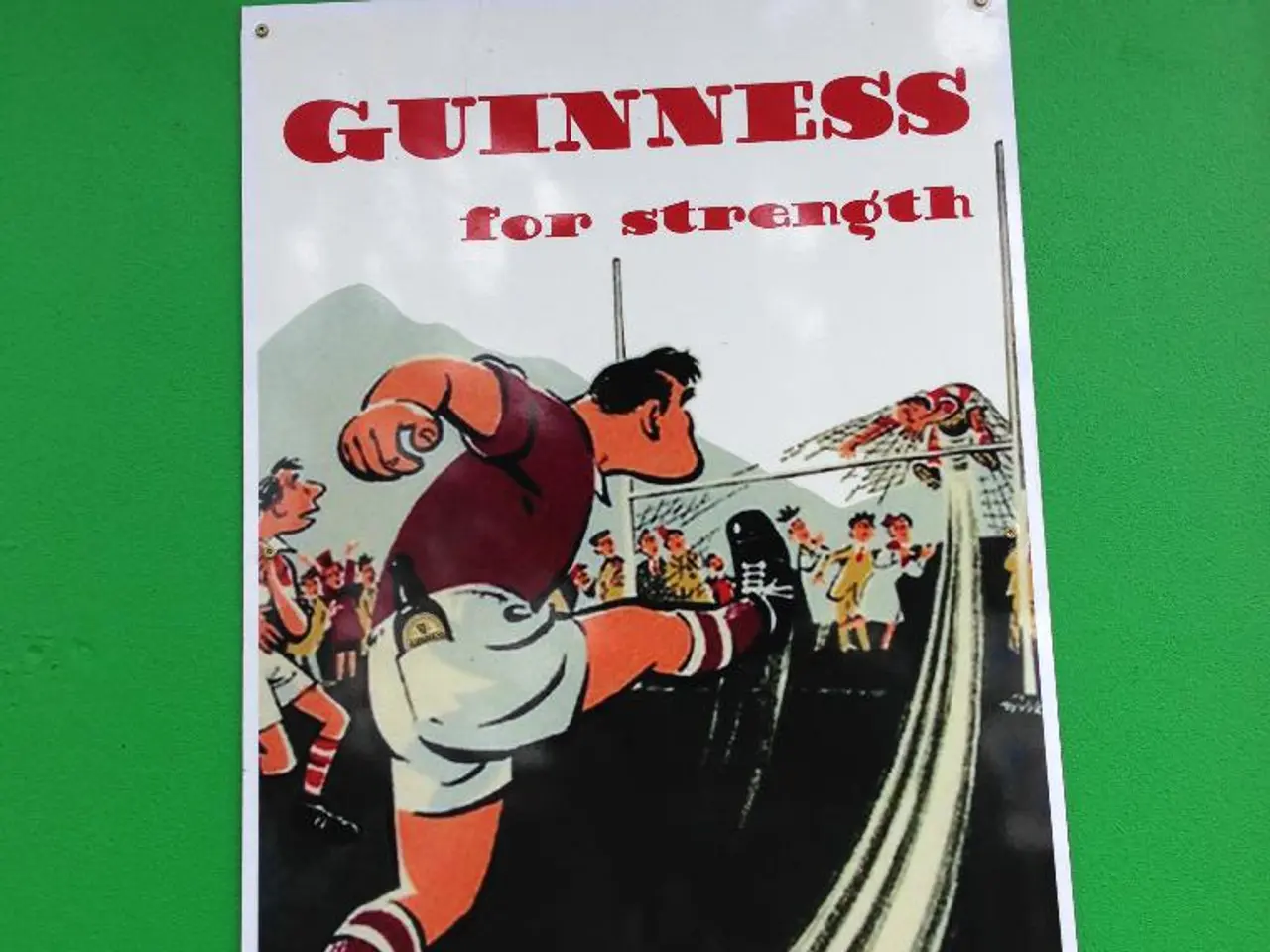Guide for Effectively Handling Diverse Worker Characteristics
In the dynamic world of work, understanding the unique personality traits of employees can significantly enhance productivity and foster a harmonious work environment. This article delves into two popular models for categorising employee personalities: the Myers-Briggs Type Indicator (MBTI) and the DISC personality assessment.
The Myers-Briggs Type Indicator (MBTI)
The MBTI identifies 16 distinct personality types, such as the Inspector (ISTJ), Defender (ISFJ), and Advocate (INFJ). Each type brings its own strengths and work preferences to the table, allowing managers to tailor roles and communication for optimal productivity.
The Inspector (ISTJ)
Practical and responsible, Inspectors value order and tradition. They are detail-oriented and make logical decisions, making them excellent problem solvers.
The Defender (ISFJ)
Conscientious and organized, Defenders are dedicated to serving others. They are often reliable and positive, making them great team players.
The Advocate (INFJ)
Insightful, caring, and creative, Advocates are motivated by meaningful relationships. They are often great leaders due to their consistent and contagious attitude.
The DISC Assessment
The DISC model groups personalities by four key traits: Dominance (D), Influence (I), Steadiness (S), and Conscientiousness (C). Understanding these behaviour styles can promote effective collaboration and conflict resolution.
Dominance (D)
Direct and assertive, individuals with a high Dominance score are natural leaders. They are action-oriented and make quick decisions.
Influence (I)
Social and enthusiastic, Influence types are great at building relationships and motivating others. They are often the heart of the team.
Steadiness (S)
Calm and supportive, Steadiness types are reliable and patient. They are great at creating a positive work environment.
Conscientiousness (C)
Detail-oriented and analytical, individuals with a high Conscientiousness score are excellent at problem-solving and getting results with limited effort.
Effective management involves adapting leadership styles to fit these personality types. Managers should leverage emotional intelligence and engage in team-building to foster cohesion among varied personalities.
Managing Different Personality Types
The Cheerleader
Cheerleaders are enthusiastic, reliable, positive, and organized. To manage a cheerleader, supervise them at a distance, but step in occasionally to guide them. Encouraging them to play to their strengths and understand their motivations is key to leading them well.
The Analyst
Analysts are detail-oriented, practical, and make logical decisions. Provide space and challenges while ensuring they stay busy to manage an analyst effectively.
The Hype Person
The hype person needs direction to focus their energy effectively. Give them enough direction and encourage them to channel their energy into productive tasks.
The Forest Fire
The forest fire employee is a hard-working individual who knows what they want and is willing to do anything to ensure it happens. To best manage a forest fire, ensure they interact with others in a positive way and give them personal space while keeping them in line.
The Thinker
The thinker may take longer to see results, but they are great workers. Encourage them to take calculated risks and provide them with the resources they need to succeed.
The Silent Tornado
The silent tornado excels when given extra encouragement and a moment in the spotlight. Provide a safe, quiet space and encourage them to share ideas to manage a silent tornado effectively.
The Office Conflict
Office conflicts don't tend to resolve themselves, so handling them the second they arise is essential. As an unbiased third party, hear each side out and devise a course of action for each person to take to ensure workplace peace. They don't have to love each other; they simply need to work well together.
In summary, recognising the diverse employee personality types and applying flexible, situational management styles can optimise team performance and workplace harmony. Tools like Slack are important for communication, especially if managing a remote team, as the team's culture will be entirely digital. The workplace is not typically filled with robots, so understanding and appreciating the unique traits of each employee can lead to a more productive and fulfilling work environment for everyone.
- Blog post titles might include: "Unleashing Potential: Managing Different Personality Types in the Workplace for Optimal Productivity" or "The Power of Personality: Utilizing the MBTI and DISC models to Enhance Your Workplace-Wellness Strategy."
- Hubstaff users can incorporate employee personality insights into their Health and Wellness and Education and Self-Development sections of the platform, providing a holistic approach to employee management.
- In the field of lifestyle and career development, understanding and catering to the unique needs of employees, as identified by tools like the MBTI and DISC assessments, can lead to a healthier, more productive work environment for everyone involved.




